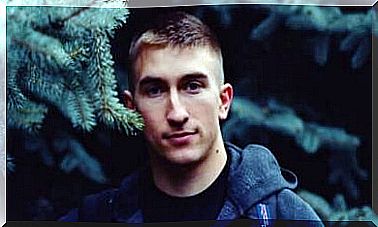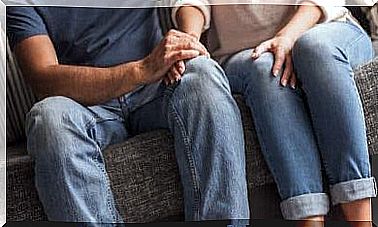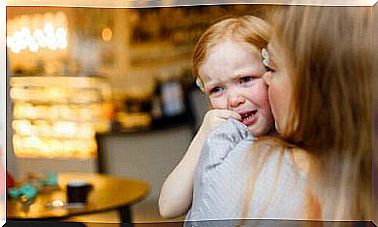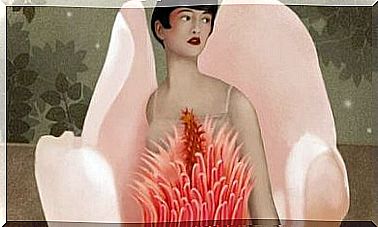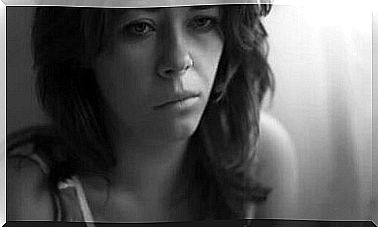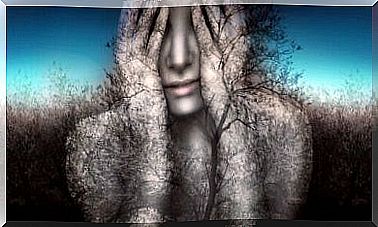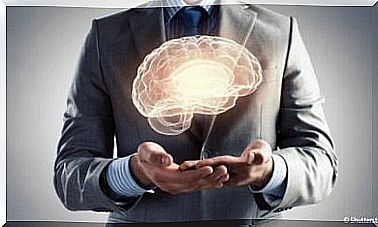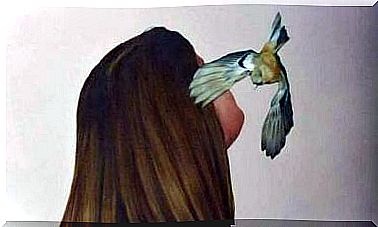The Origins Of The Different Types Of Schizophrenia
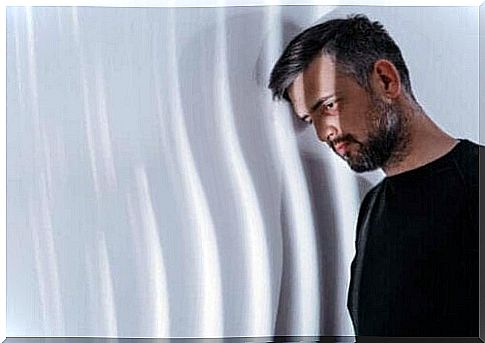
Schizophrenia is a psychosis characterized by symptoms such as hallucinations, delusions and disorganized thinking. The negative symptoms can be apathy and anhedonia, and the cognitive symptoms in schizophrenia usually present themselves in the form of attention disorders.
This is a chronic and disabling disorder that is the subject of great interest from experts in various disciplines. Today’s article will discuss Crows’ classification of different types of schizophrenia. They are named after Timothy Crow, an English psychiatrist born in 1938 who identified two variants of this disorder during his research in 1980.
Timothy Crow’s classification is important because it relates to the various factors in the medical model such as syndrome, course, etiology, treatment and prognosis. The author originally distinguished type I schizophrenia (positive) and type II schizophrenia (negative).
However, he reformulated the classification seven years later, in 1987. This is because he believed that not all cases fit his dichotomous classification. Thus, he also included mixed types of schizophrenia.
T. Crow’s categorical model is not currently in use, although his proposal was quite interesting. To this day, some professionals find it still useful (on a practical and professional level). In addition, the classification allows doctors to know more about the effects of this disorder. Okay, but what are the two Crow types of schizophrenia? What is the difference between them? Keep reading to find out.
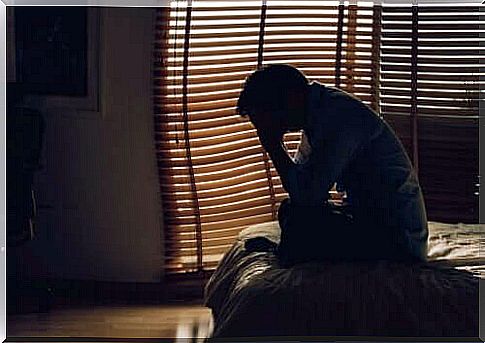
The different types of schizophrenia according to Crow
As we mentioned above, there are two types of schizophrenia according to Crow:
- Type I (positive)
- Type II (negative)
This classification is no longer followed to diagnose or be reflected in the reference for mental health manuals (DSM-5 and ICD-10). However, it was the most important reference at the time. Let us delve into the types of schizophrenia this psychiatrist suggested, and see how they are different:
Crows different types in schizophrenia: Type I schizophrenia (positive)
It has this name because positive symptoms such as hallucinations, delusions, positive thought disorders (such as disorganization) and disorganized behavior dominate.
The author compares this type of schizophrenia with the paranoid subtype, which is found in the DSM-IV-TR (but no longer in the DSM-5).
- Premorbid fit. This is positive. In other words, the patient was more or less adapted before the first symptoms of the disorder appeared.
- Start, direction and forecast. Here, the outbreak of type I schizophrenia is acute (against the outbreak of type II schizophrenia, which is insidious). What this means is that the symptoms appear abruptly. Also, the direction is sharp, with sprouts and indulgences. In schizophrenia II, on the other hand, the course is chronic and deficient. Type I schizophrenia is reversible, but type II is irreversible. This is mainly due to good response to neuroleptics in patients with schizophrenia I and poor response in type II patients.
- Neuropsychological impairment in this type of schizophrenia is absent and with possible deficit or change in cognitive processes. Let’s say that cognitive symptoms (cognitive disorders) appear in certain people with a diagnosis of schizophrenia, as suggested by a study by Barrera et al. (2006). According to it, some of the most affected aspects are declarative memory, executive functions and sustained attention.
- At the pathological process level, type I schizophrenia produces a series of neurochemical changes. According to Crow, there is a particular increase in dopamine D2 receptors. Remember that the neurotransmitter dopamine is strongly involved in schizophrenia here (especially an excess of dopamine). In the case of type II schizophrenia, the changes are structural.
Type II schizophrenia (negative)
The second of Crow’s types of schizophrenia, type II or negative, is similar to the disorganized subtype of schizophrenia (DSM-IV-TR). This is due to the symptoms and characteristics of this subtype. Thus, the symptoms of this type of schizophrenia are negative and include affective flattening, poor language and loss of impulse.
- Premorbid fit. In contrast to what happened in the previous type, the premorbid adjustment of type II schizophrenia is poor. In other words, the patient’s function has already changed before the symptoms of the disease even manifested.
- Start, direction and forecast. The onset of type II schizophrenia is insidious, which means that the symptoms appear gradually. The course is chronic and deficient, and the prognosis is irreversible. As you saw above, these patients respond poorly to neuroleptics.
- Neuropsychological impairment. The neuropsychological deterioration is present here and the affected individual may present deficits or changes in the cognitive area. This includes memory, attention, executive functions, etc.
- Pathological process. A structural change occurs at the brain level and results in a cellular loss in the structures of the temporal lobe and
Gyrus parahippocampalis .
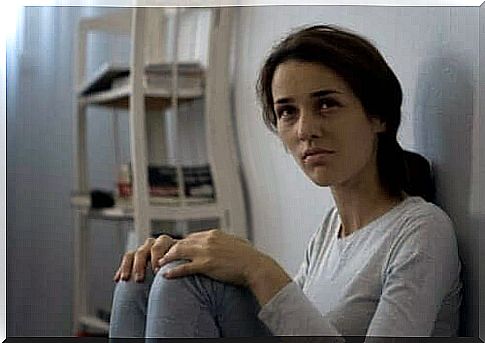
Crows types in schizophrenia
As you can see, type I schizophrenia has the best prognosis because it is reversible and the response to neuroleptics is adequate. As for the symptoms, those of type I are positive, while those of type II are negative.
The presentation of type I is clear and the course is acute, in contrast to type II, where the symptoms look more subtle and with chronic courses.
To this day, it is true that the individual presentation of the disease may be more similar to one type or another of those suggested by Crow, although no one is technically diagnosed with the label of type I or II schizophrenia. However, it still seems risky to try and “put” patients into a certain group. In other words, it is clear that each person has their own idiosyncrasy (and even more so in mental health).
Other classifications
Timothy Crow was not the only one researching to classify and group the different types of schizophrenia. The German psychiatrist Emil Kraepelin (1856-1926) and the Swiss psychiatrist Eugen Bleuler (1857-1939) did it before him.
Kraepelin distinguished between the following types of schizophrenia: paranoid, catatonic and hephrenic (disorganized). Bleuler made the same classification as his colleague, but also added a new subtype, simple schizophrenia.

